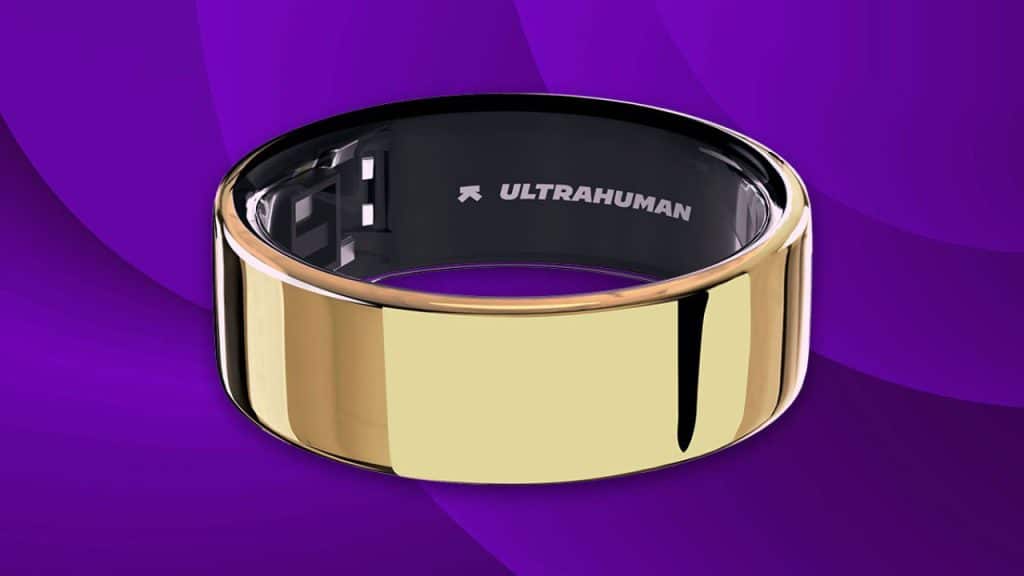I talk a lot about the many different wearables that are now on the market: the watches, the rings, the sunglasses and who knows what else. Health tracking is fashionable, and every company is trying to refine its own monitoring devices. Then there’s Ultrahuman, which seems to be making a serious effort to bring every possible iteration of wearable under one roof (https://longevity.technology/news/ultrahuman-bags-35m-to-advance-consumer-health-monitoring-technologies/).
Ultrahuman is an Indian company founded by the same guys responsible for Runnr, the food delivery startup that has since merged with the giant delivery company Zomato. Mohit Kumar and Vatsal Singhal describe their endeavors with Ultrahuman as an attempt to produce a “self-quantification platform” of unrivaled scope.
So just how many different wearables does Ultrahuman offer? Well, the tentpole device is probably the Ring Air smart ring. A little less glamorous-sounding is the M1 Live glucose monitoring wearable. No monitoring tool is complete without blood test capabilities, and Blood Vision aims not just to diagnose but to prevent. And while you generally think of this sort of tech as enabling you to track your health while you’re out and about in daily life, at-home monitoring is important too, and Ultrahuman Home is there just for that purpose.
That makes at least four devices, and who knows what Ultrahuman could come up with next. It aims to offer the most comprehensive approach possible. Put all these devices together, and you can collect all the personal health data you could need, from blood to glucose to movement and sleep, not to mention your heart rate.
Most recently, Ultrahuman brought a new clinical trial to its conclusion. It used 105 participants to test its so-called “metabolic score”, the assessment produced by collating all of a person’s health data on the Ultrahuman platform.
Healthcare is generally moving in the direction of more integration, and Ultrahuman’s success is an indicator of this progress. By the end of 2024, the company is projected to reach more than $10 million in its annualized revenue run rate (ARR), and it’s just picked up $35 million of Series B equity and debt investment. There are Ultrahuman products being sold in more than 150 locations around the world, and a new, ultramodern factory will more than keep up with demand.
Long-term investment with a comprehensive and integrated approach to healthcare is the Ultrahuman plan.




